

Speakers
Keynote Speakers
Prof. Nick Quirke
Imperial College London, England

Title: Molecular simulation of the excess electron in nanocomposites
Abstract: updating...
Experience: Nick is Professor of Chemical Physics at Imperial College, London. His group conducts theoretical and experimental research in the general area of nanomaterials with particular interest in their interaction with biomaterials and bionanotechnology. He is a Fellow of the Royal Society of Chemistry, and the Institute of Nanotechnology, Editor-in-Chief of the international Journals, Molecular Simulation, and the Journal of Experimental Nanoscience. He has published over 130 papers in refereed journals, He received the 1998 Royal Society of Chemistry Medal for Thermodynamics and was Royal Society / Kan Tong Po Professor at the University of Hong Kong for 2003/2004. He was awarded the 2006 NSTI Fellow Award for Outstanding Contributions in Advancing Nanotechnology. His career has included leadership positions in both academia and industry. For example he was Principal Research Associate at BP until 1992. Most recently he was Vice President and Principal, University College Dublin (2006-2011) where amongst other initiatives he created ACAM, the Atlantic centre for Atomistic modelling (a node of CECAM) and the nanobio/nanomedicine theme.
Prof. Shulin Sun
Fudan University, China
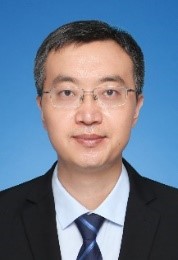
Title: updating...
Abstract: updating...
Experience: Shulin Sun received his Ph. D. degree in the Physics Department of Fudan University in 2009. From 2010 to 2013, he was Postdoctoral Fellow of the Physics Division of National Center for Theoretical Sciences (NCTS) in National Taiwan University. In 2013 he joined the Department of Optical Science and Engineering of Fudan University and has been a full professor since 2019. His research interests include metamaterials/metasurfaces, plasmonics, and photonic crystals. He has published more than 80 papers in international journals, including Nature Materials, Nano Letters, Advances in Optics and Photonics, Light: Science and Applications, Advanced Science, which are totally cited over 8200 times so far. Twelve papers are elected as ESI highly cited paper. He won the Second Class Prize of National Natural Science Award in 2019, the First Class Prize of Shanghai Natural Science in 2016, the Rising Star of Light in 2020, the Highly Cited Chinese Researchers in 2020, 2021.
Prof. Lifeng Yin
Fudan University, China
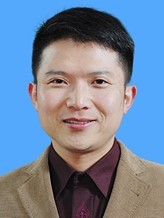
Title: Physical origin of electronic phase separation in manganites and device application
Abstract: For most of the strongly correlated systems, including colossal magnetoresistive manganites and high-Tc superconductors, the inhomogeneity of electronic phases are very general. Due to the strong coupling of spin, charge, orbital and lattice, the free energies of these electronic phases are quite close, resulting in a phenomenon named electronic phase separation (EPS). In the case of manganites, the ferromagnetic metallic phase and antiferromagnetic insulating phase coexist, and the characteristic length scale of EPS ranges from nanometer (such as La1-xCaxMnO3) to micrometer (such as (La1-yPry)1-xCaxMnO3). The micrometer length scale is much larger than those of structural defects or nonuniform distribution of chemical dopants. It remains controversial whether phase separation requires quenched disorder for its realization. Using a layer-by-layer superlattice growth technique, we fabricate a fully chemically ordered “tricolor” manganite superlattice [(LaMnO3)1/(CaMnO3)1/(PrMnO3)1]n. Remarkably, the fully ordered manganite has an antiferromagnetic insulating ground state, and does not exhibit phase separation, while its presence is pronounced in isovalent alloyed La1/3Pr1/3Ca1/3MnO3 manganite films [1]. In addition, the partially chemically ordered “bicolor” superlattice [(La5/8Ca3/8MnO3)2/(Pr5/8Ca3/8MnO3)1]n reduces the length scale of EPS domains by a factor of 10 compared to the alloy [2, 3]. Our study provides direct evidence that the disorder induced by isovalent chemical doping plays the decisive role in stabilizing EPS in the manganite system. Based on the understanding of the physical origin of the complex magnetic domains in oxides, we have developed various methods to control the domain patterns in oxides and fabricated multi-bit memory device that can also carry out logic operations [4].
Experience: Lifeng Yin is professor and deputy dean of department of physics, Fudan University. He received his B.S. and Ph.D. degree from Fudan university at 2001 and 2007 respectively. He worked as postdoctoral fellow at Oak Ridge National Laboratory until 2010 and then joined Fudan University. His main research interest lies in condensed matter and materials physics, as well as the applications of materials and devices, especially focuses on the surface and interface of complex oxides and their emergent phenomena under spatial confinement. He has revealed that the physical origin of electronic phase separation in manganites is related with chemical ordering using a layer-by-layer superlattice growth technique. He develops advanced instruments, such as cryogen free spin polarized scanning tunneling microscopy and magnetic exchange force microscopy, industrially-scaled large size pulsed laser deposition system and so on.
Prof. Chao Shen
Fudan University, China
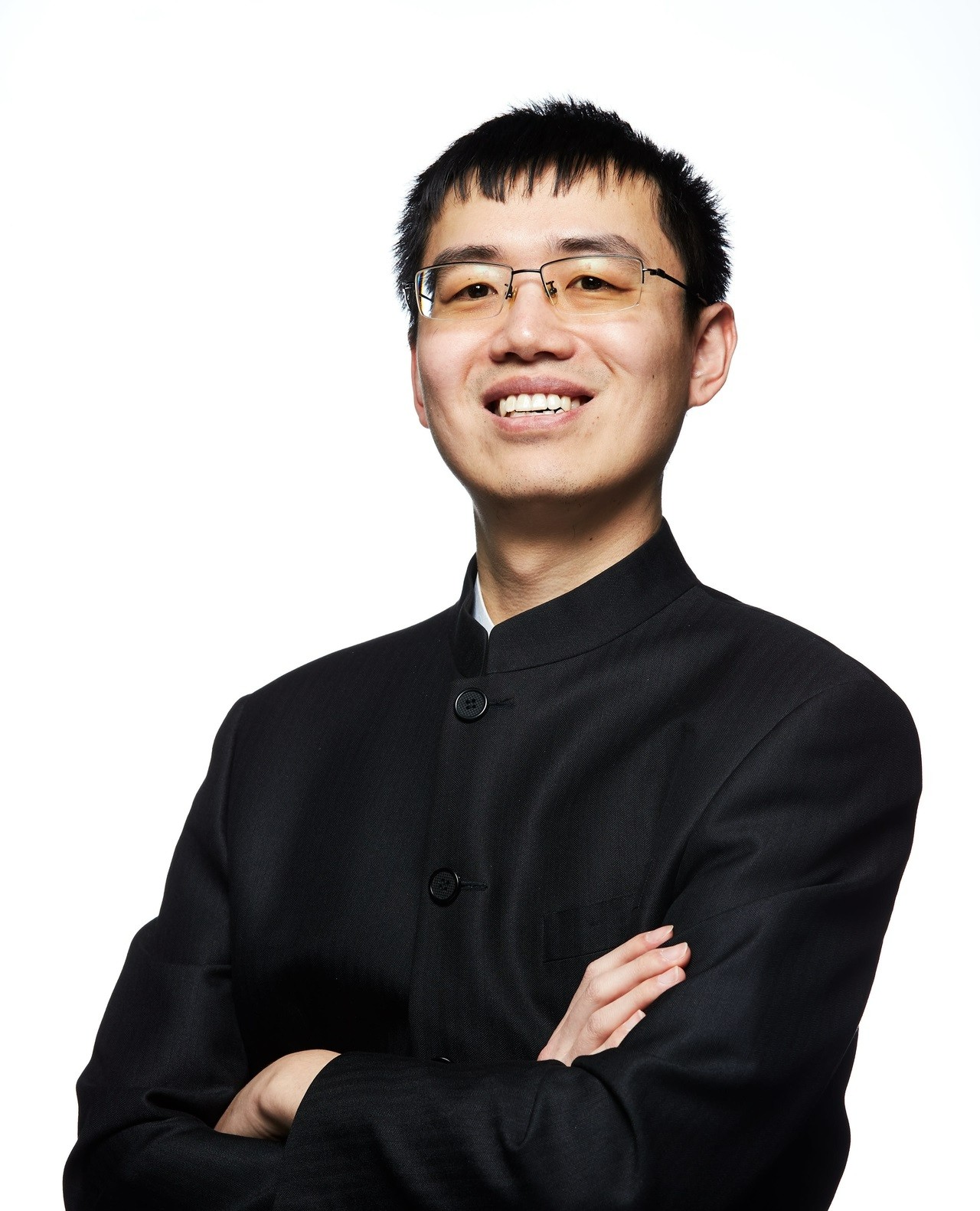
Title: III-nitride Optoelectronic Devices for 6G
Abstract: In recent years, high-speed optical wireless communications (OWC) have been identified as an essential part of communication technologies for next generation 6G wireless network owing to the increasing demand for faster data transmission speeds. As one of the fast-growing techniques in OWC, visible light communication (VLC) offers the unique advantages of ultra-high data rate, unregulated and secure channels, free of EM interference. Besides the potential for achieving high data rate free-space communication links, i.e., the Li-Fi network, laser-based VLC, or visible laser light communication (VLLC) technology can also enable underwater wireless optical communications (UWOC) for many important applications. The presentation focuses on the development of III-nitride devices and related physical layer techniques for VLC. The talk will feature the development of novel transmitters, including the superluminescent diodes (SLDs), laser diodes, VCSELs, and receiving technologies, such as optical antenna and PD array. The outlook of future trends will also be discussed in this talk.
Experience: Prof. Chao Shen is a professor at the School of Information Science and Technology, Fudan University. He has published 100+ peer-reviewed publications in the fields of GaN optoelectronics devices, semiconductor lasers, superluminescent diodes, photonics integrated circuit, visible light communications (VLC), LiFi devices and systems, and underwater wireless optical communications (UWOC). He hold 10 US, Canadian and Australian patents. Prof. Shen has served as a TPC member and an invited speaker in many IEEE, Optica, and SPIE conferences. He is the associated editor of IEEE Photonics Journal and member of APL Photonics Early Career Editorial Advisory Board. He was the associated editor of IEICE Electronics Express and reviewer for over 40 journals. Dr. Shen published a book on the principle and applications of novel light-emitting devices for visible light communication. His work has been featured by over 40 global media, including Optics & Photonics News, IEEE Spectrum, Compound Semiconductor, SPIE Newsroom, EE Times Europe, Semiconductor Today, IET E&T, LaserFocusWorld, etc. He is a recipient of 2022 Okawa Research Grant.
Prof. Yiling Yu
Wuhan University, China
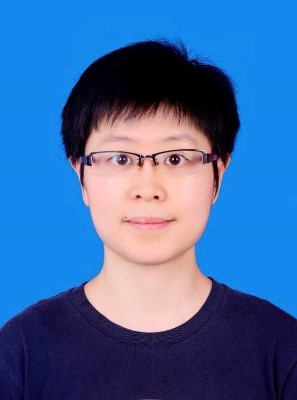
Title: Exciton phase transition in 2D semiconductors
Abstract: The strong excitonic effect in Two-dimensional (2D) semiconductors creates many interesting light-matter interaction phenomena. Different exciton densities result in different interactions among excitons that can drastically change the light-matter interactions in the 2D semiconductors. Similar to atoms or molecules, excitons with different densities and interactions can experience phase transitions. In this talk, I will systematically discuss how the optical properties such as emission and exciton transport in 2D semiconductors change from exciton gas phase to ionized electron-hole plasma (EHP) and finally condense to the exotic electron-hole liquid (EHL) phase. Especially, the unique large exciton binding energy in monolayer MoS2 enable us to realize room-temperature EHL and the critical temperature can reach up to 700K. I will also discuss the exciton phase diagram of monolayer MoS2 that differs from conventional bulk semiconductors and quantum wells. The phase diagram reveals the pathway and driving force of exciton phase transition in monolayer MoS2: from exciton gas to exciton Mott transition due to screening effect, and then dense EHP condense into EHL due to thermodynamics of the nonequilibrium photocarriers. The room temperature exciton phase transitions in monolayer MoS2 lead to drastically different emission and exciton transport properties, allowing novel optoelectronic and quantum devices to be developed.
Experience: Yiling Yu is interested in understanding the fundamentals of strong exciton related many-body effects in low dimensional semiconductors, and explore the related exotic optical and quantum phenomena in low dimensional materials and their heterostructures. Based on the understandings, we use light, strain, and devices fabrication to further tuning the optical and quantum properties of the material for achieving novel two dimensional photonic and optoelectronic devices.
Asst Prof. Hui Zhao
Fudan University, China
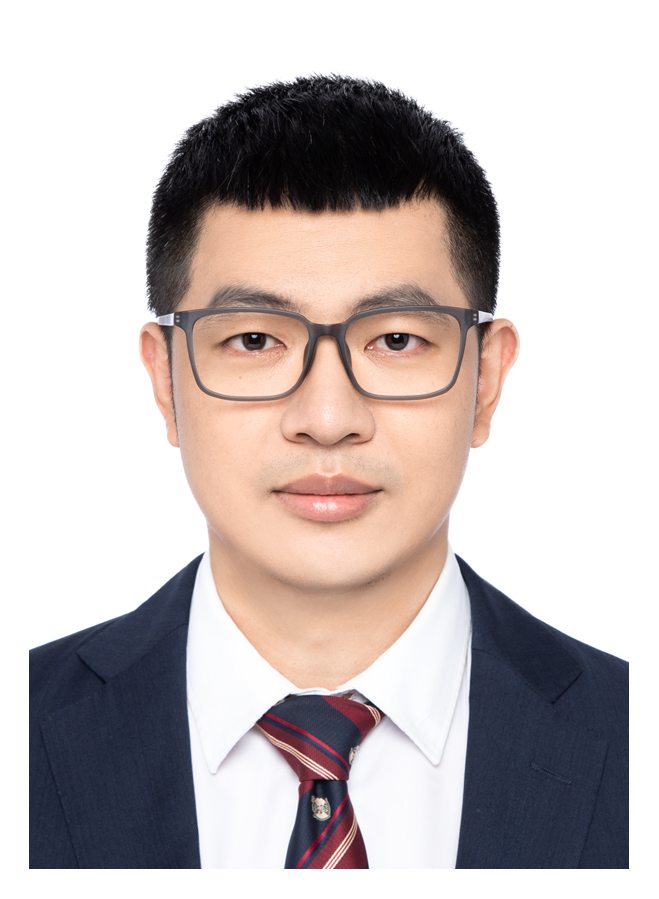
Title: updating...
Abstract: updating...
Experience: Young researcher of Fudan University, IEEE member, bachelor and master degree in power electronics and Power transmission from Huazhong University of Science and Technology, PhD degree from PEEPRL Laboratory of University of Florida, USA (supervisor is IEEE Fellow, Professor Shuo Wang), Worked as a post-doctoral fellow at APEL Laboratory, University of Cambridge, UK (supervised by Dr. Teng Long), and served as guest editor for Energies (3.004) and World Electric Vehicle Journal (2.02), IEEE Transactions on Power Electronics, IEEE Transactions on Industrial Electronics, IEEE Journal of Emerging and Emerging Selected Topics in Power Electronics, IEEE Transactions on Industry Informatics, IEEE Transactions on Industry As a reviewer of important international power electronics journals such as Applications and Energis, he has published more than 20 conference papers in international and domestic journals and obtained more than 10 international and domestic invention patents and applications.
Asst Prof. LAI CHIN WEI
University of Malaya, Malaysia
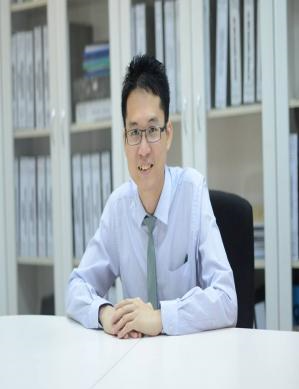
Title: Titanium Dioxide Nanomaterials for advanced environmental applications
Abstract: Titanium dioxide (TiO2) is one of the most attractive transition-metal oxides because of its superior physical and chemical properties, which has been widely applied in environmental clean-up (photocatalytic pollution removal) as well as antibacterial/antiviral coating applications. The performance of TiO2 in these applications highly depends on its structural, electronic, optical, and morphological as well as the surface properties (exposed facets). Great effort has been devoted to adjust these properties and apparent progress has been made on the synthesis of the 0-, 1-, 2-, and 3-dimensional nanostructured TiO2 materials. Today, the presentation will cover the synthesis of TiO2-based nanomaterials and their environmental related applications.
Experience: Dr. Lai [PhD, BEng(Hons) | PEng, PTech, CEng (UK), MIEM, MIMechE (UK)] is currently an associate professor in Nanotechnology & Catalysis Research Centre, University of Malaya. Lai’s main research interests are in the areas of chemically modified metal oxide photocatalysts, functionalized nanomaterials/ nanocomposite and carbon graphene materials, especially apply in environmental pollution management and solar energy technology. As a scholar and an indication of the global impact of research work, Lai’s works have been published in more than 220 refereed international top-tier journals with Scopus h-index of 35, 75 book chapters, and 100 international proceedings in materials science, physics, chemistry, and renewable energy researches. In all, Lai has reviewed more than 850 papers in the past few years, mainly for top international journals / conferences and now serving as associate editors, guest editors, topic editors and editorial board members for several prestigious international journals. Lai served as section editor for a book entitled “Encyclopedia of Energy Storage: Capacitors/ Supercapacitors 2022” (Elsevier ISBN: 978-0-12-819730-1) and “Encyclopedia of Green Materials: Green Materials for Additive Manufacturing” (Springer ISBN: 978-981-16-4921-9). Lai’s research has been funded by the Ministry of Higher Education of Malaysia, MOHE (FRGS, HIR-MOHE); Ministry of Science, Technology and Innovation of Malaysia, MOSTI (E-Science fund, National Nanotechnology Development), internal University funding (University of Malaya Research Grant, Impact-Oriented Interdisciplinary Research Grant as well as University Malaya Research Fund Assistance), international funding and industry grants (consultation services). Meanwhile, Lai is appointed as university, national and international peer evaluation panel for Impact-Oriented Interdisciplinary Research Grant Programme (IIRG), Fundamental Research Grant Scheme (FRGS), Trans-disciplinary Research Grant Scheme (TRGS), Eurostars 3 (ESTARS3)- a joint program between the EUREKA network and the European Commission, Innovation Fund Denmark Applications & Qatar National Research Fund since 2020. Being a reputable researcher, his enthusiasm and dedication towards research work, Lai has won numerous special awards or medal winners in International exposition on research innovation, invention & solution. Through his work nanomaterials and catalysis field, Lai was awarded as IMechE Best Young Member Award 2022, JCI TOYM - Ten Outstanding Young Malaysians 2021 (Academic Leadership and Accomplishment), National Young Scientist Award 2019 by The Ministry of Energy, Science, Technology, Environment and Climate Change (MESTECC), MASS Young Researcher Award 2018 by Malaysian Solid State Science & Technology Society (MASS), a finalist of National Young Scientist Award 2018 by Ministry of Science, Technology and Innovation of Malaysia (MOSTI) and University of Malaya Excellence Awards 2015 in the category of outstanding researcher - UM Young Researcher (Sciences Discipline). Lai’s scholastic achievement and thought leadership are recognized locally and internationally. He has been appointed as the "Adjunct Research Advisor" for Shoolini University, India and "Foreign Expert/Professional" for Shanghai JiaoTong University, China since 2022. Lai is honoured to be listed among the top two percent scientists in a global list since 2020 till up to date (2022) compiled by the prestigious Stanford University from the United States (US) and awarded as Top Peer Reviewer in Cross-Field & Materials Science powered by Publons (Top 1% of Reviewers) since 2019. On professional qualifications, Lai successfully registered as a Professional Engineer (PEng) in Material Engineering discipline with the Board of Engineers (BEM) and registered as a Chartered Engineer (CEng) with the Engineering Council, UK as well as registered as a Professional Technologist (PTech) in Nanotechnology discipline with the Malaysia Board of Technologists (MBOT). Meanwhile, Lai is an active member in The Institution of Engineers, Malaysia (IEM, MAL), Energy Institute (EI, UK), Institution of Mechanical Engineers (IMechE, UK) and Royal Society of Chemistry (RSC, UK). He is recognised as among the calibre and outstanding young scientists in the country who have the potential of advancing the scientific ecosystem in Malaysia.
